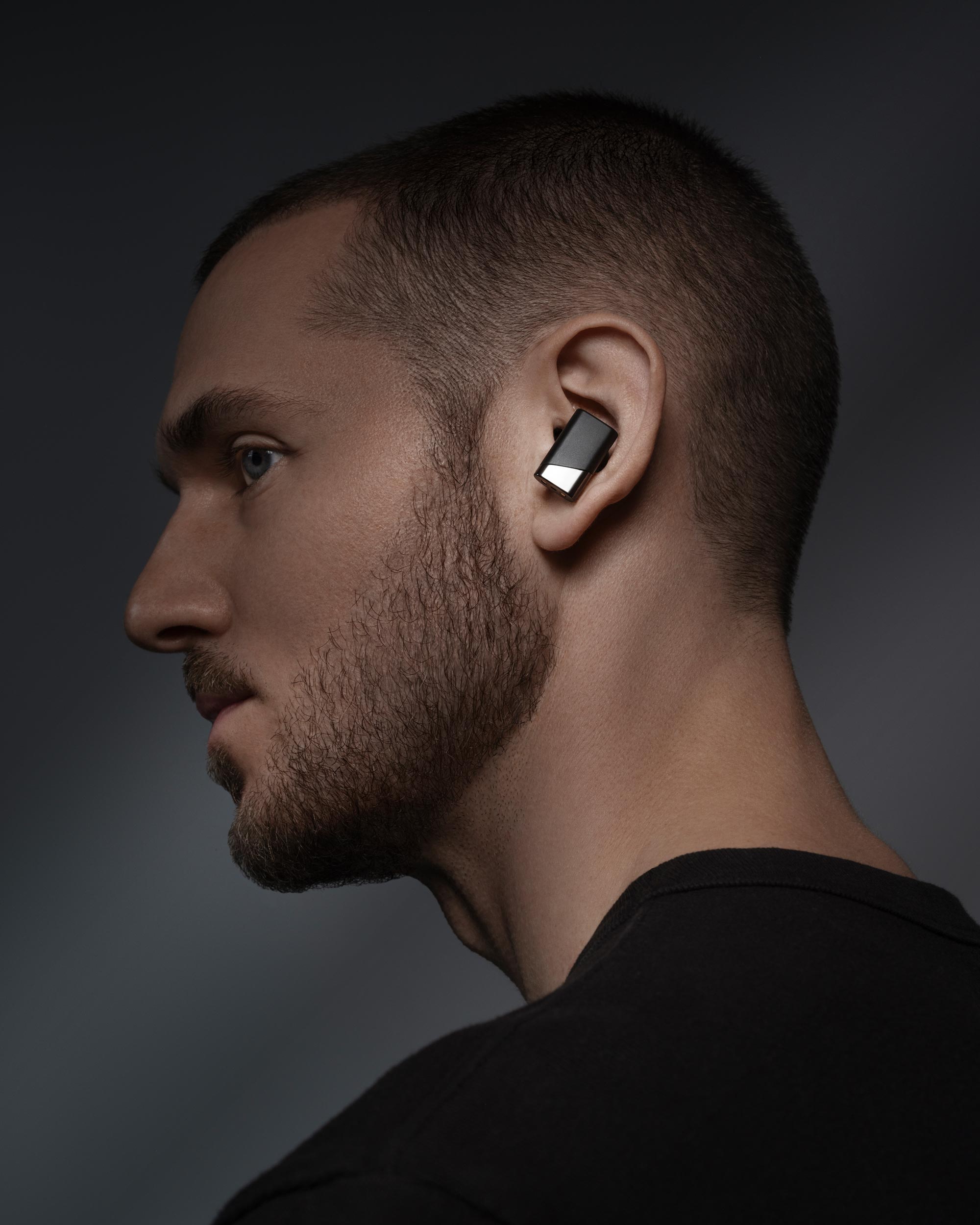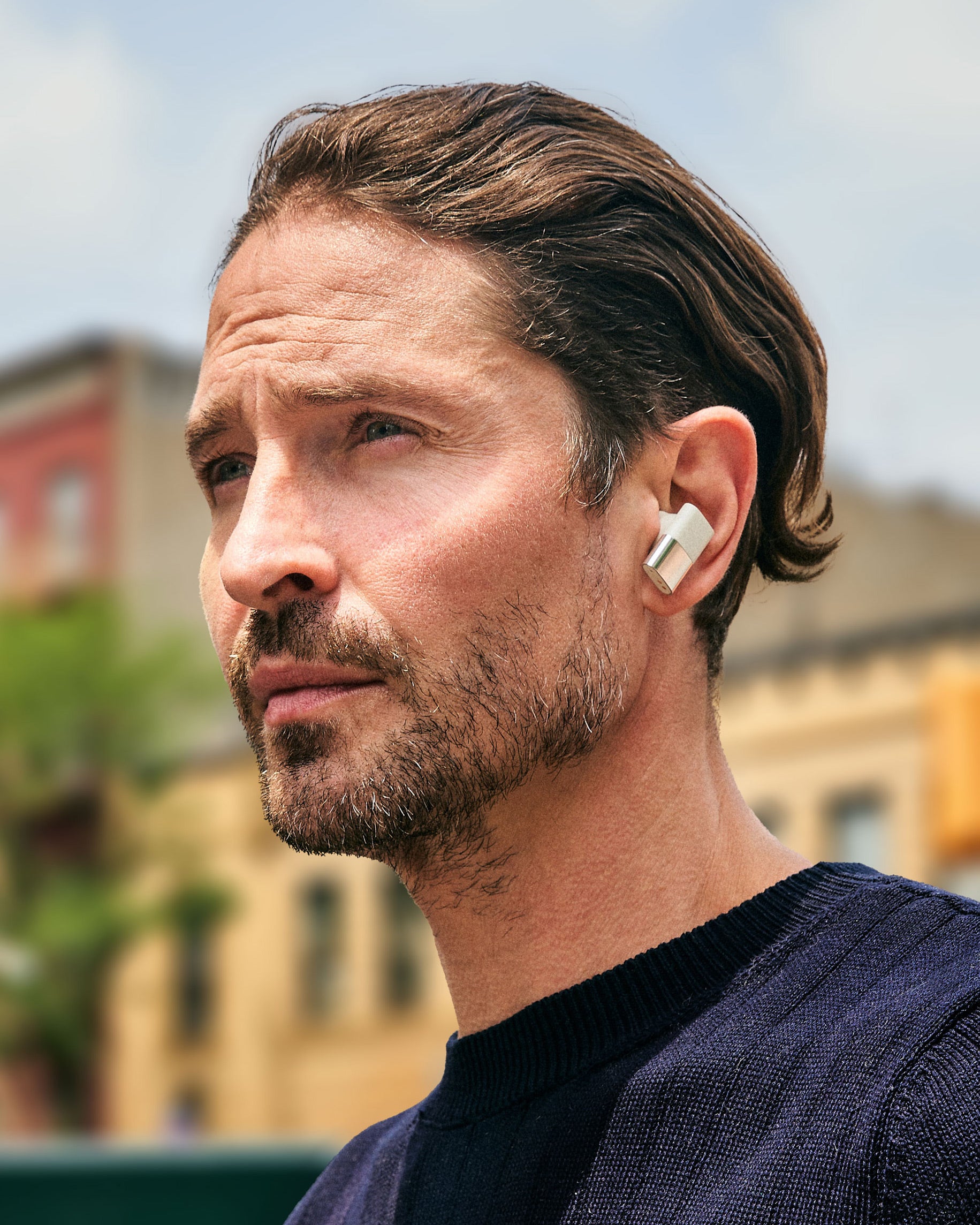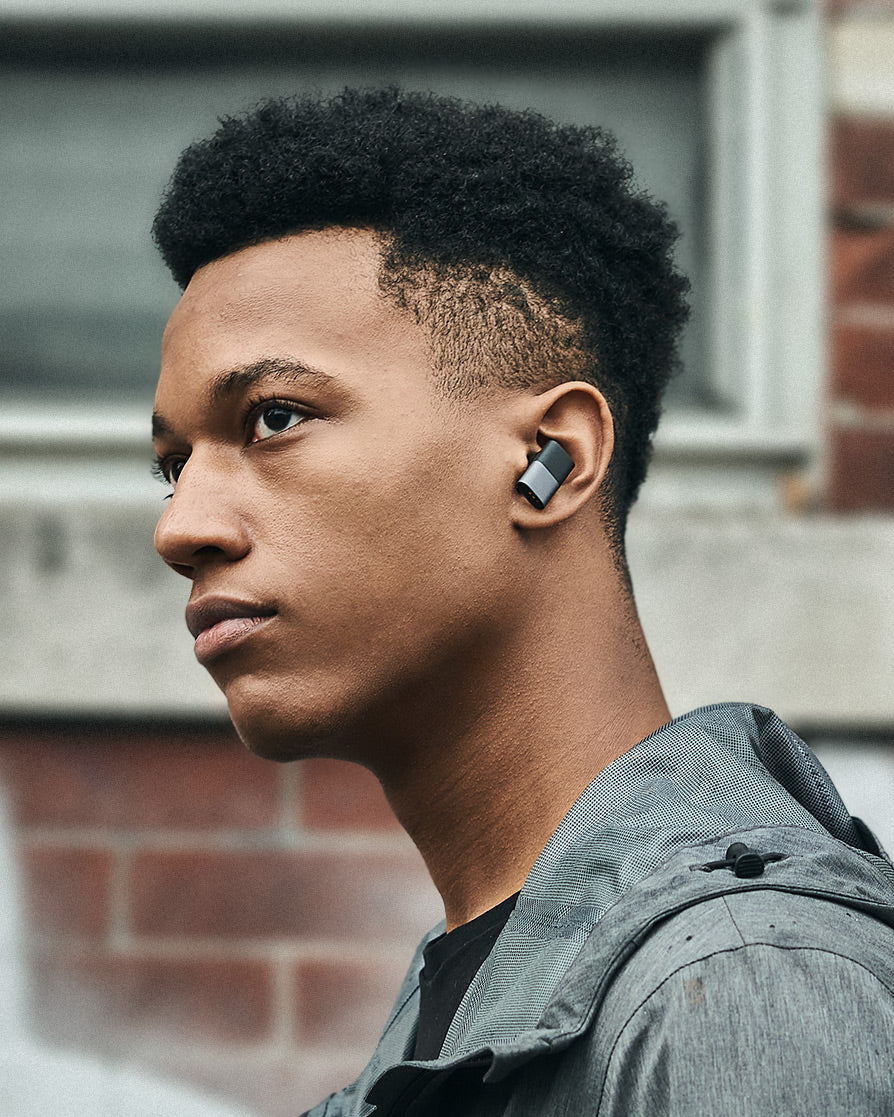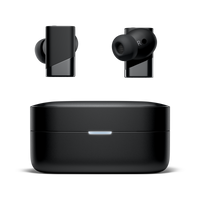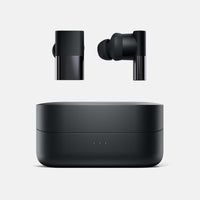
Do Wireless Bluetooth Headphones and Earbuds Cause Cancer?
Microplastics are in our food, lithium is in our water...do Bluetooth headphones cause cancer? The typically tense dialectic between public health and technology has a lot of people asking the question.
While the short answer is a simple no, reliable information on the topic is obfuscated. A peripheral Google might lead you to believe that there's a formidable body of evidence that suggests wireless Bluetooth signals can cause cancer.
However, the question of whether or not your wireless headphones expose you to dangerous radiation has more or less already been answered. Let's dip our toes into the reasons that some people worry about Bluetooth radiation so we can concisely lay these concerns to rest.
The (Faulty) Reasoning for Why Bluetooth Headphones Cause Cancer
People who are eager to draw the link between wireless devices and cancer point to the electromagnetic fields emitted by Bluetooth devices.
The confidence in this claim is usually bolstered by referencing a 2015 petition to the WHO signed by 250 scientists. This petition expressed concerns that standard wireless technologies emitting electromagnetic fields were underregulated, and could potentially induce unknown side effects on humans after long-term exposure.
Electromagnetic fields from everyday devices? 250 concerned scientists? You can’t blame people who developed a sense of paranoia around their favorite wireless headphones - or Bluetooth devices in general.
However, one would be mistaken to take this event as a meaningful indication that wireless Bluetooth signals are dangerous.
Proof that Bluetooth Headphones - and Phones - Do Not Cause Cancer

While ionizing radiation demonstrably causes cancer, there is no evidence that the non-ionizing radiation emitted by Bluetooth headphones poses serious health risks. EMR (electromagnetic radiation) can fall into one of two categories:
Ionizing Radiation sources emit high-frequency electromagnetic waves, propagated at a high energy. These can detach electrons from atoms that fall within their electromagnetic field (EMF), ie; radioactive decay.
Non-Ionizing Radiation sources emit low frequency waves, propagated at low energy, that can, at most, excite electrons within their EMF.
The Electromagnetic Spectrum

Sources of ionizing radiation are generally plastered with befitting signs such as “THIS AREA CONTAINS HIGH LEVELS OF RADIATION - STAY AWAY.” So don’t worry, you’ll know it when you see it. As for examples of non-ionizing radiation, well, take a look around you. You’re almost certain to find a few, like your Bluetooth headphones or phone.
Sure, the idea of everyday radiation exposure is scary - even if the FDA and the WHO have asserted that EMR emitted by common electronics doesn’t pose a health risk. I mean, everyone knows that at least your cellphone causes brain cancer…right? Nope. This sentiment that presents as common knowledge was proven dubious nearly as quickly as it surfaced.
In 2011, a systemic study (a meta-analysis of multiple studies) conducted by the Department Of Information Engineering, Electronics, and Telecommunication at University of Rome found there was insufficient data to support claims that cellphones cause brain cancer.
An enormous study published in the International Journal of Epidemiology surveyed nearly 800,000 women in the UK from 1999 to 2009, monitoring their cancer status and cellphone usage. The conclusion? Mobile phones were not associated with cancer.
The list is virtually endless, but here’s one more: a study conducted on 5,000 people with brain cancer concluded there was no causal relationship between brain cancer and cellphone use.
Conclusion
So, are your wireless headphones cancerous? Almost certainly not. They emit very low levels of non-ionizing EMR that the FDA has deemed non-threatening. If you really want to limit your radiation exposure, wearing sunscreen is your best bet.

Some readers may have noticed that the studies referenced in this article focus on the non-ionizing EMR emitted by cellphones. This is largely because cellphones have been in mainstream use for far longer than Bluetooth headphones, and thus have a greater body of cancer research behind them.
However, let's end things here with a final closing point: Bluetooth devices emit between 0.25% to 10% of the non ionizing EMR waves emitted by cellphones. It's safe to say that the relieving implications of the referenced studies hold especially true for Bluetooth headphones.
